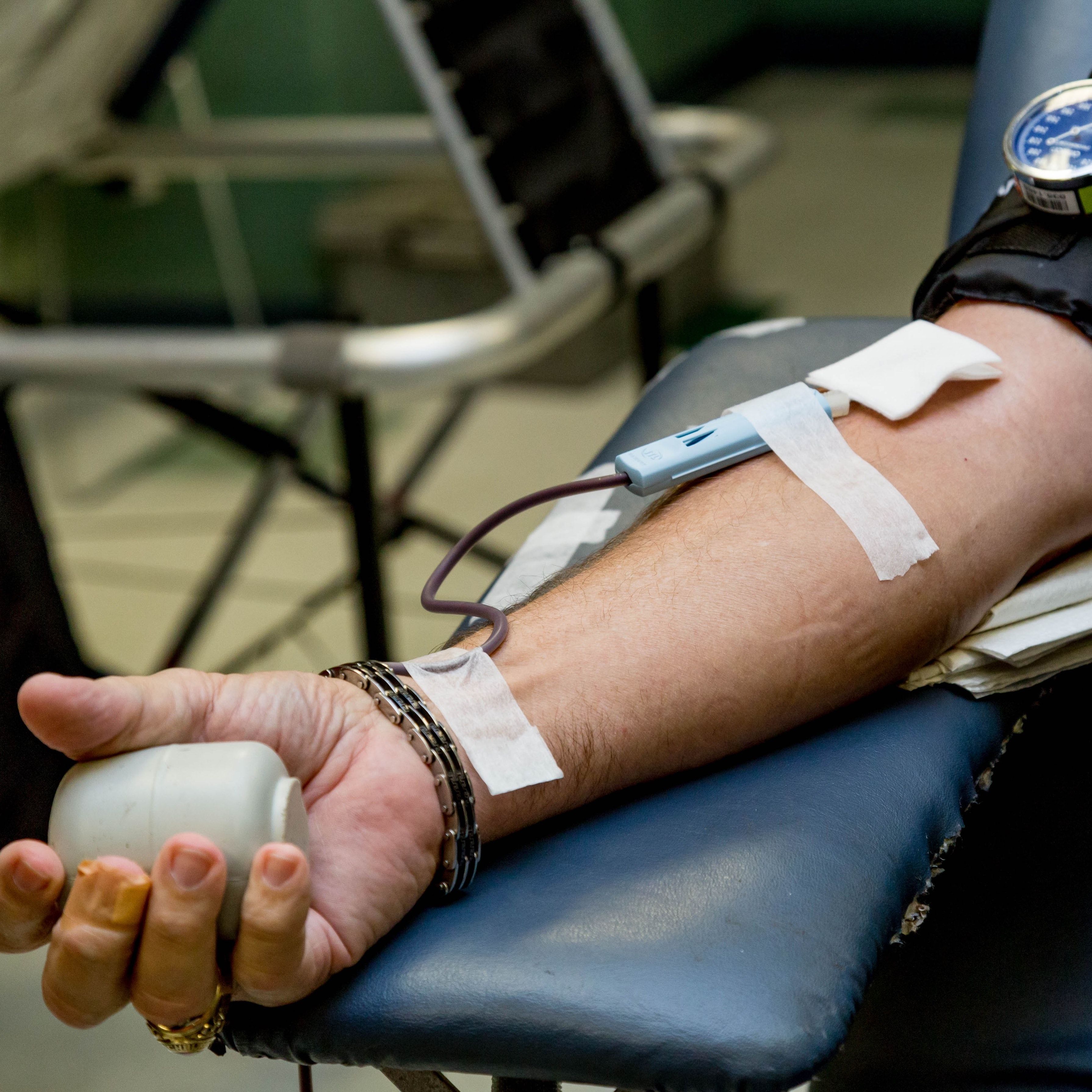Video
HIV Screening Recommendations
Joseph Eron, MD: Dan, maybe you can talk about the incidence of HIV in the US? What’s been happening. Are we making a difference in what’s happening?
Daniel Kuritzkes, MD: I think we are making a difference. There’s some good news. It’s not terrific, yet, but there’s certainly some good news. For many years, we were sort of at this unfortunate steady state, with 50,000 to 55,000 new infections a year. And because of the increasing widespread use of antiretroviral therapy in earlier stages and, more recently, because of the use of better and more effective preventive methods—that we’ll talk about in a little while—we’ve seen the incidence of new HIV infections decline. Overall, in the United States, it’s dropped to around 40,000 or so new infections per year. It is still way too many, but it is much better than it was. It’s about a 20% reduction compared to where we had been. And in some cities and states, they’ve seen even more dramatic reductions—especially where they’ve been very aggressive at trying to identify the newly infected patients, like Eric was just discussing, and getting people on therapy right away to stop any onward transmission.
We’ve had a bigger impact in certain groups. The new infections in women have clearly gone down. Unfortunately, new infections in men who have sex with men [MSM], especially adolescent and young adult MSM cases and, particularly, the African-American MSM population, have not gone down. This makes up the great preponderance of new infections each year.
Joseph Eron, MD: Certainly, in Atlanta, that must be what you see?
Colleen Kelley, MD: It is exactly what we see. And just to highlight what you said about certain areas having done a better job at reducing HIV infections, it is important to remember that in the Southeast, in the United States, we still have a very, very active epidemic, an active transmission, going on. And yes, a vast majority of transmissions do occur among young black MSM cases in our community. But we do still see new infections in women and in heterosexual people, as well. There are such high transmission rates in the Deep South for many reasons.
Joseph Eron, MD: And we touched on it a few minutes ago, but this idea of screening—not like testing people who come in with febrile illness, or gonorrhea, or syphilis, but just screening—Colleen, tell us about your approach? What should primary care clinicians be doing?
Colleen Kelley, MD: The current recommendations, by the US Preventive Services Task Force, recommend that everyone needs an HIV test at least once in their lifetime. What that really means is that we’ve got to routinize HIV testing. It should be the same as testing someone’s cholesterol or testing someone’s hemoglobin or creatinine. And that is something that, as a public health intervention, and for primary care, we should do. It shouldn’t be selectively applied to certain populations.
Joseph Eron, MD: What do you think about that crazy upper age limit? Could you fix that for us?
Colleen Kelley, MD: It’s recommended for up to 65 years of age. I believe that is the cutoff. But at some point, those people, in their lifetime, would have been younger and would have qualified for an HIV test.
Joseph Eron, MD: But if you have a 68-year-old person or a 70-year-old person who’s new to your care, you should test them?
Colleen Kelley, MD: Right. There’s no reason not to test them.
Eric Daar, MD: There’s no downside.
Colleen Kelley, MD: There’s no reason not to. It’s routine clinical care. They may not be at risk right now, but that’s not to say that they weren’t at risk for HIV at some point in their lifetime.
Joseph Eron, MD: I’ve had patients who have come in for cardiac surgery. They get an HIV test, and they’re 70 years old, and they’re positive. I saw someone yesterday, literally, just like that. He’s now 83 years old and he’s doing fine. He was diagnosed at age 70, on a routine test.
Eric Daar, MD: Yes, the lower end is more instructive, I think. I think it’s a reminder that there are a lot of 13-year-olds who are at risk.
Joseph Eron, MD: Sure. What about pregnant women? What are we supposed to be doing with pregnant women and testing?
Colleen Kelley, MD: During every pregnancy, women should be tested, regardless of risk behavior or any other factors like that. Every pregnant woman should have an HIV test. Going back, the recommendations are for once in a lifetime, for everyone. But I think it’s also important to note that there are certainly groups that require more frequent testing. The target’s moving a little bit on this, but at least yearly, if not bi-yearly testing in gay men who are sexually active is recommended.
Eric Daar, MD: In the high-risk pregnant women, also. We recognize that people do develop acute infection during pregnancy. And so, we should check, again, during the third trimester, if they’re at high-risk.
Joseph Eron, MD: It’s also a time in which, if you get infected during pregnancy, transmission to the fetus or infant is higher. I also think we need to consider this issue of remembering, too, that in the context of screening, for example, that gay men should be screened once or twice a year, as you suggested. In our STD [sexually transmitted disease] clinic, for someone who has been screened recently but they come in with gonorrhea or another STI [sexually transmitted infection], they should be tested again, obviously, right? Just because they’ve been screened once in a previous 6-month period, there are other reasons to test someone, even if they’re being screened frequently.
Colleen Kelley, MD: And that’s a person who you should even consider acute infection testing for, as well; someone with gonorrhea commonly co-transmitted with HIV and syphilis, as well as hepatitis C.
Eric Daar, MD: Yes. For that person, who comes in with an acute febrile illness, who’s at high risk, you don’t say, “Well, we’ll see you again in 6 months.” There’s this opportunity to make the diagnosis early, intervene, and have a huge impact on transmission risk moving forward.
Joseph Eron, MD: Yes, I agree. And Colleen, because we have a minute or two, and we probably have a lot of primary care physicians viewing this program, when you talk to a patient that comes to you, who is uninfected, how do you raise the topic of sexual activity or sexual health with them? How do you raise that so that it’s nonjudgmental? What words do you use?
Colleen Kelley, MD: Again, it comes back to routinizing and taking a sexual history. A lot of folks are not comfortable with that, but you have to do it. And if you do it over and over and over again, you become comfortable with it. And really, it’s asking, “Are you sexually active? Yes or no?” “When you have sex, are you having sex with men, women, or both?” And from there, asking about the number of partners in the practices that people are engaging in. And if you continue to do it, over and over again, it becomes something that you’re very comfortable in doing.
Joseph Eron, MD: I think there is the idea that sexual health is part of general health, right? It’s just another thing that we need to help you with.
Transcript edited for clarity.





